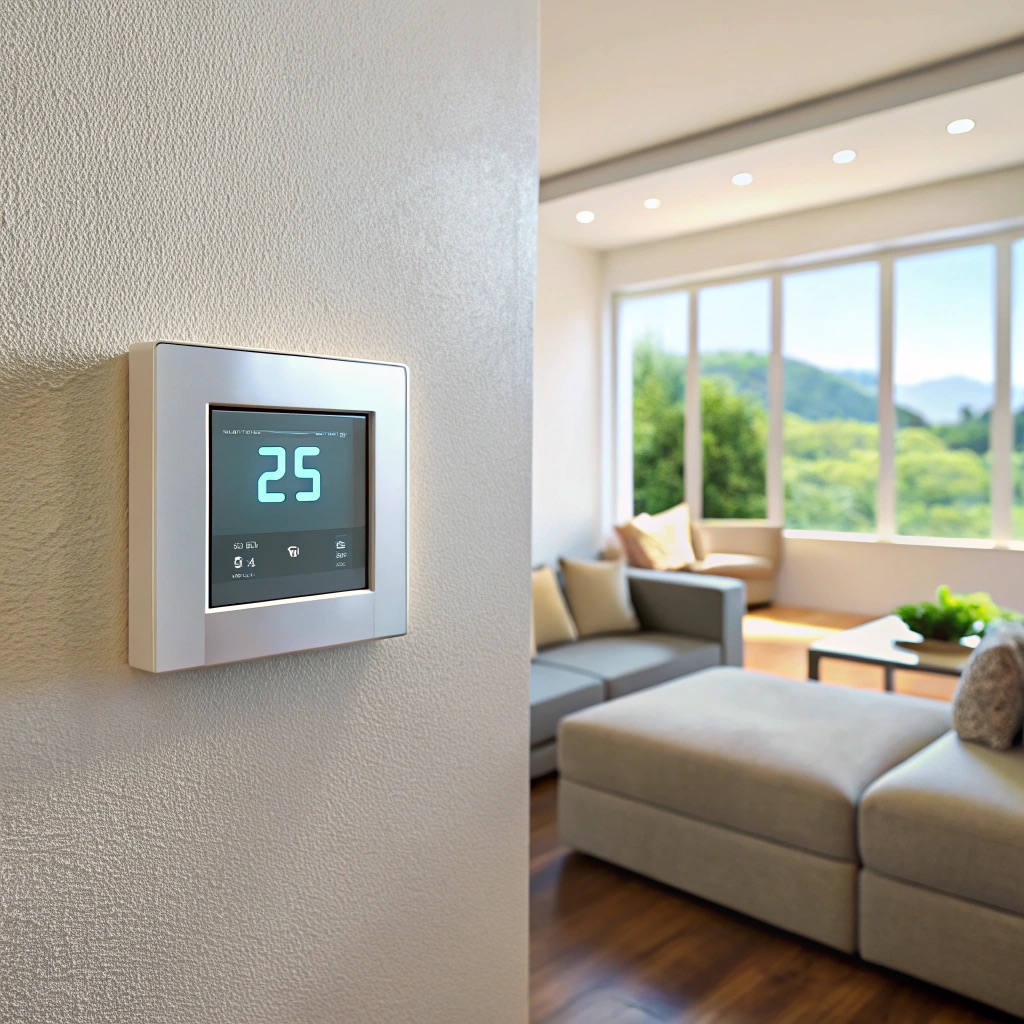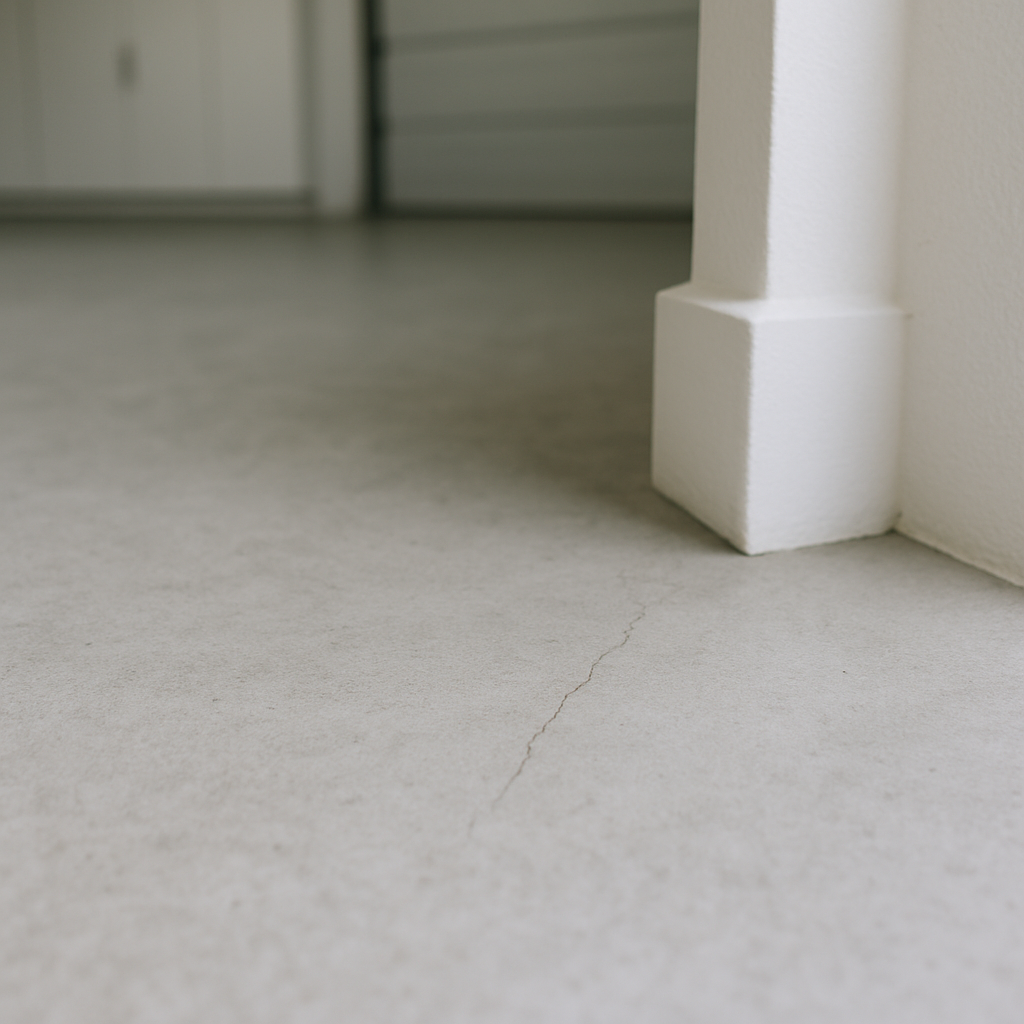Last updated on
In short, bugs are attracted to LED lights less than other types of light. But they are still attracted to it somewhat. Here’s why.
In a nutshell:
- Bugs are attracted to the different colors of light (mostly blue-range light), UV radiation, and heat.
- They are least attracted to warm yellow color.
- LEDs emit less UV radiation or heat.
- Warm yellow LEDs are least likely to attract bugs (though it still happens to a lesser extent.)
Can anything be done to fix the bug problem when it comes to lights? Can anything be done to stop bugs from gathering around outdoor lights? Bugs come in because of the light that is turned on every night. You can’t sort this problem by relying on just more spray, citronella, or a bug zapper.
Insects may be attracted to LED lights due to these lights giving off ultraviolet and other wavelengths of light.
What's Inside
What Really Attracts Bugs?
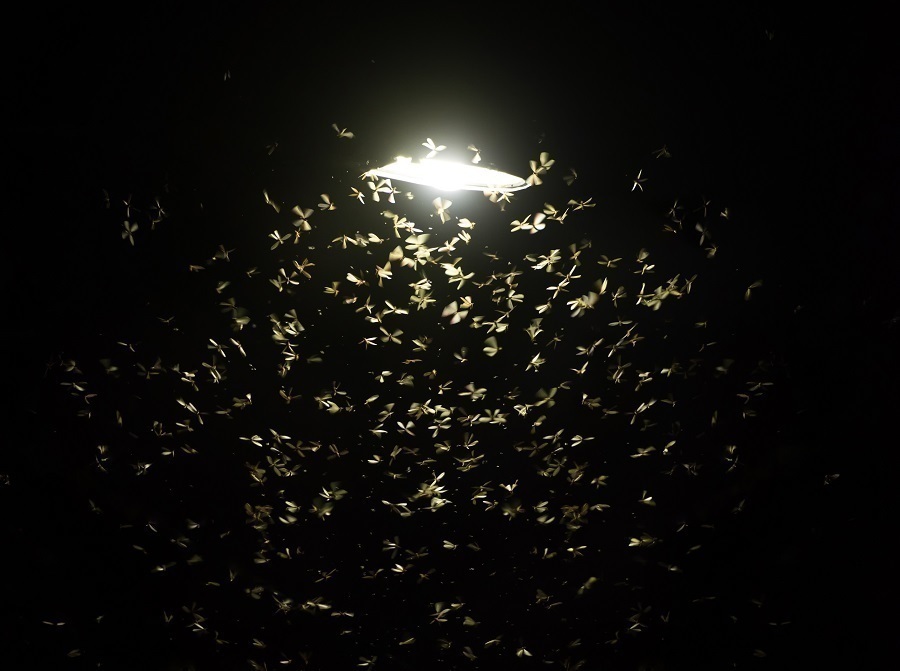
Do LEDs attract bugs? The wavelength of light determines the color type. Bugs are attracted to UV lights, but not the blue skies or green forest. Short wavelengths of light indicate ultraviolet (UV), blue, or green colors. Bugs may be drawn to other sources of heat, such as lamps with mercury inside them.
LED lights, such as cool white and bluish white bulbs may be better for bugs because LEDs produce little to no UV light.
If an LED bulb tells the color temperature instead of nanometers, it is easier to tell if it will be more or less visible to bugs. The color temperatures on the Kelvin scale represent different colors. A LED can have a color that is either cool white or warm white for example, 3600K just one hundred degrees hotter than 2700 K that creates blue light. The lower temperatures are warmer, so, in essence, attracting bugs would not happen as much using bulbs with CCTs under 3600K.
Some LED light bulbs are better than others at preventing bugs from coming to them, as they rarely emit heat, and only some do.
Many researchers are not sure if LED lights attract bugs. While some evidence supports the idea that insects are drawn to the LED light, others suggest that cordless sunscreens work better when repelling them.
Some people believe that LED lights attract bugs. However, some LED bulbs can also help kill them. This is a new alternative to the old traditional lighting. Some people will say that LEDs have their benefits for production and how they use less energy. But for those who worry that’s a harmful light spectrum on the unaided eye of birds, some newer varieties are being developed with this in mind, and these colors are said to be bug-free, so you don’t need any mosquito netting at night time to head outside for a breath of fresh air.
LED lights only emit a small amount of heat and even less UV light. Short wavelengths of light attract bugs, so if the lights emitting long wavelengths, the bugs will be less attracted to them. Different types of bugs see different wavelengths (of colors), and this is why some bugs may still come over to those LED lights despite them not emitting much heat or UV light. Bugs can most easily see short-wavelength colors, so these colors are also more attractive than those which emit longer wavelength (yellow/orange/red) colors because they’re easier for the bug’s eye to pick up on.
Bugs Are Attracted to a Color Spectrum
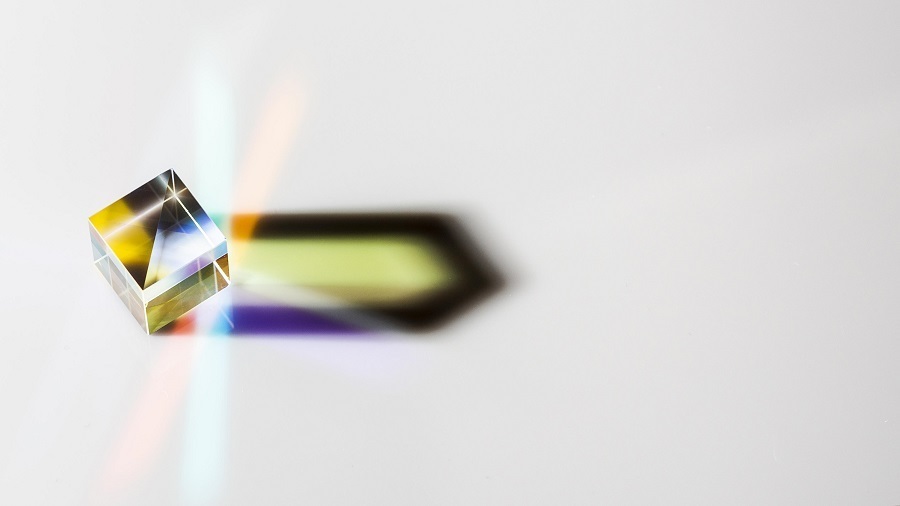
Bugs were attracted to the different colors of light rather than a specific type of light bulb. A study was conducted to help develop insect traps by looking at which color spectrum bugs would come to. The findings show that 18% of the bugs came close to white, 22% blue, 10% yellow, and 4.7% green lights.
LED lights are generated through electricity that is not highly correlated to heat, so bugs will not be burned by accident because they hang around the light. Still, it will only happen if you leave the LED lights exposed to outdoor elements.
LED light can attract insects. This could be due to its type of light and its emission of UV radiation. Other types of lights emit a limited amount of UV radiation, but LED lights may be more noticeable among natural surroundings.
Bugs Are Attracted to Blue Light More That Warm Light

One study found that bugs are attracted to light that they can see. However, bug lights also emit light or are too dim for bugs to notice, but either way, if no bugs come, the result is similar to a bug repellent when no more bugs show up. No matter what kind of led lights you use (blue, yellow, red), there will always be and never be a bug repellant present unless you spray a liquid on your plants.
Different insects use different wavelengths of light to find food (UV) and navigate. Some insects are attracted to heat, so while the ’incandescent bug light is never 100% effective at repelling bugs, it does work well in reducing overall pests by excluding the spectrum of lights that most insects can see.
Some people say that LED lights attract bugs and insects because they emit little UV light. However, the lights also emit very little heat and are only seen in the blue range of the spectrum, which many bugs see equally well with. Light waves are made up of two properties: a wavelength (which tells us how much energy it has) and frequency (which tells us how often each wave passes by). Often when we compare white LED bulbs with incandescent or CFL screw-in bulbs, we see that they have a different frequency than other types of light bulbs do.
While LED lights might attract fewer bugs than regular light bulbs, they can still attract quite a few bugs. Buying a warmer color temperature bulb will also help since the blue wavelength of light is less present in an LED at 2700K than 3500k. If you really want to avoid bugs, you should use bug lights.
LED bug lights are different from LED light bulbs. However, one should identify them with a yellow tint, and on the side, it will say “bug light.” However, LEDs attract fewer bugs than incandescent bulbs because the former heat up less.
Are LED Lights an issue? LED lights used to conserve energy are not any more or less visible to bugs than other types of light. Some insects may be harder to see because of the colors and certain models, but most bugs react in the same way they would with standard incandescent or led tube light bulbs. Bugs also tend to be drawn more toward humans when they come near these lights. One way illuminated areas can avoid attracting too many flying pests is by directing those up-lighters toward where people will be and integrating them with exterior lighting fixtures such that these sources.
The Type of Light Bulb to Use to Avoid Attracting Insects
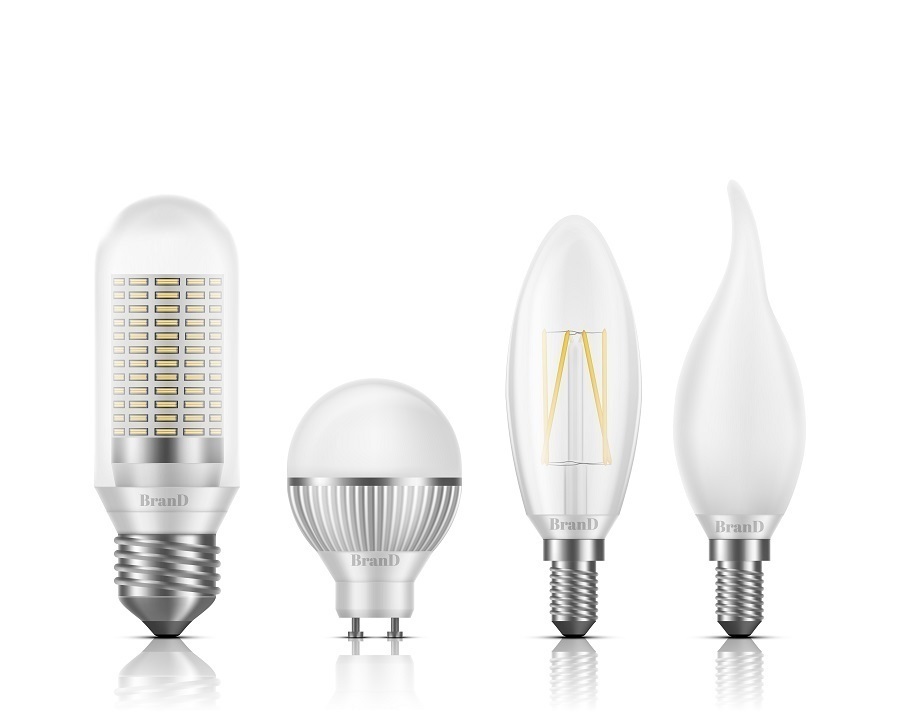
By using the wrong light bulbs, you could be attracting unwanted insects like mosquitos and flies. A research scientist conducted a study for six months on which type of light bulb would attract unwanted backyard bugs. He found that traditional incandescent bulbs were the worst option for outdoor lighting, while yellow/orange was the best.
In general, incandescent light bulbs enticed the most insects, followed by CFLs, halogen globes, and cool-colored LEDs. The second best light was the “bug light,” and the winner of attracting little bugs was the warm LED bulb.
Choose the warmth of your light bulbs to avoid insects. Lighting, such as in your porch or garden, can attract a variety of insects that find their way into your home. By choosing warmer-colored LED lighting, you’ll reduce the number of bugs attracted to those areas and help conserve energy as well. This is not only better for you but also better on Mother Earth!
FAQ
Warm yellow LEDs are least likely to attract bugs.
In short, no, LEDs don’t keep bugs away as any other light. But they attract them less because of a lower UV radiation.
Bugs see the light and thus they are follow it. They are known to attract less bugs because they emit less UV radiation.
